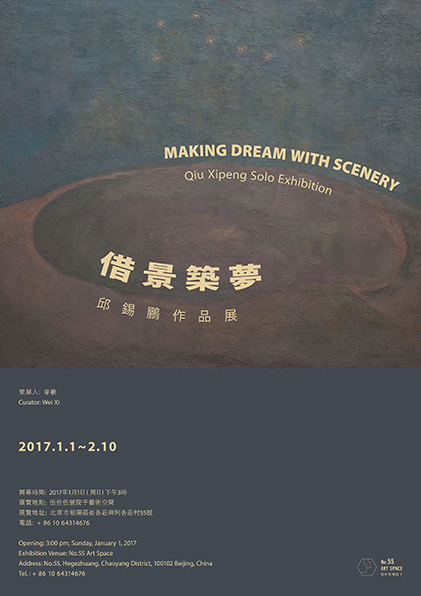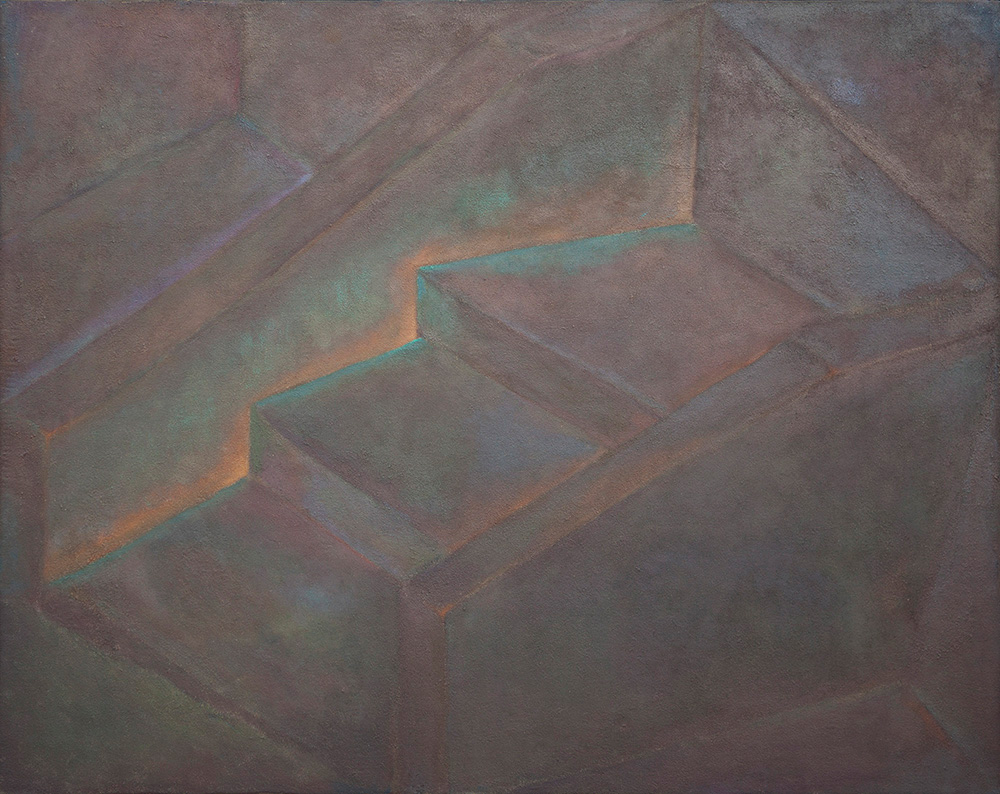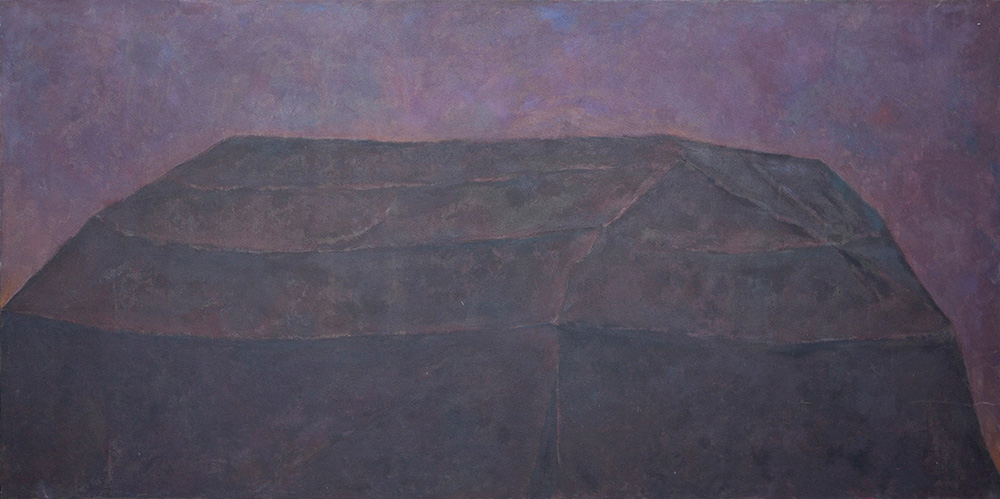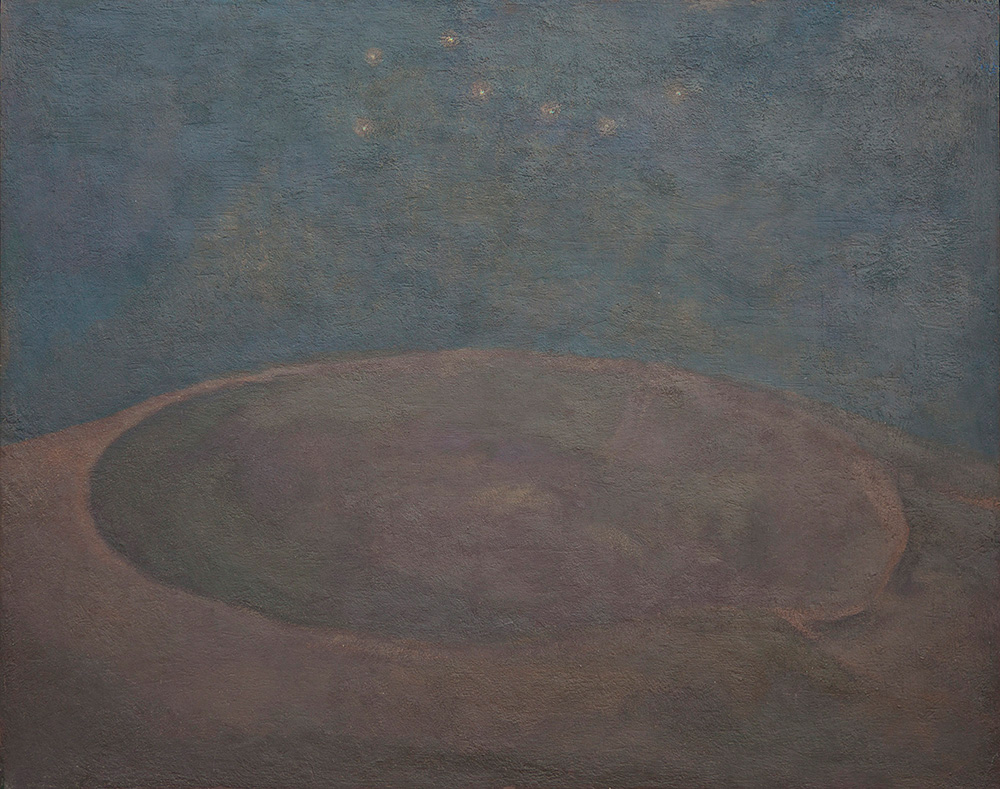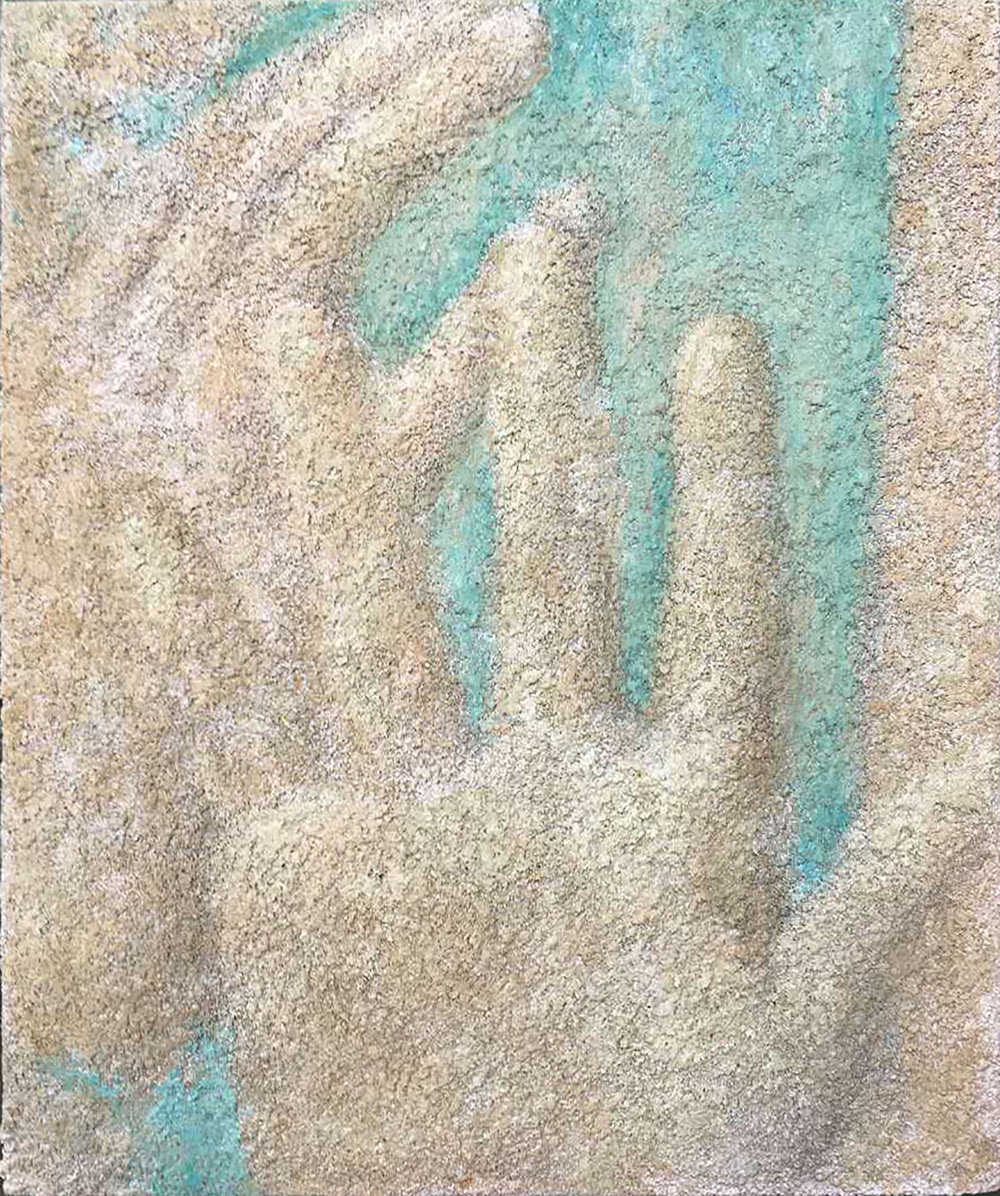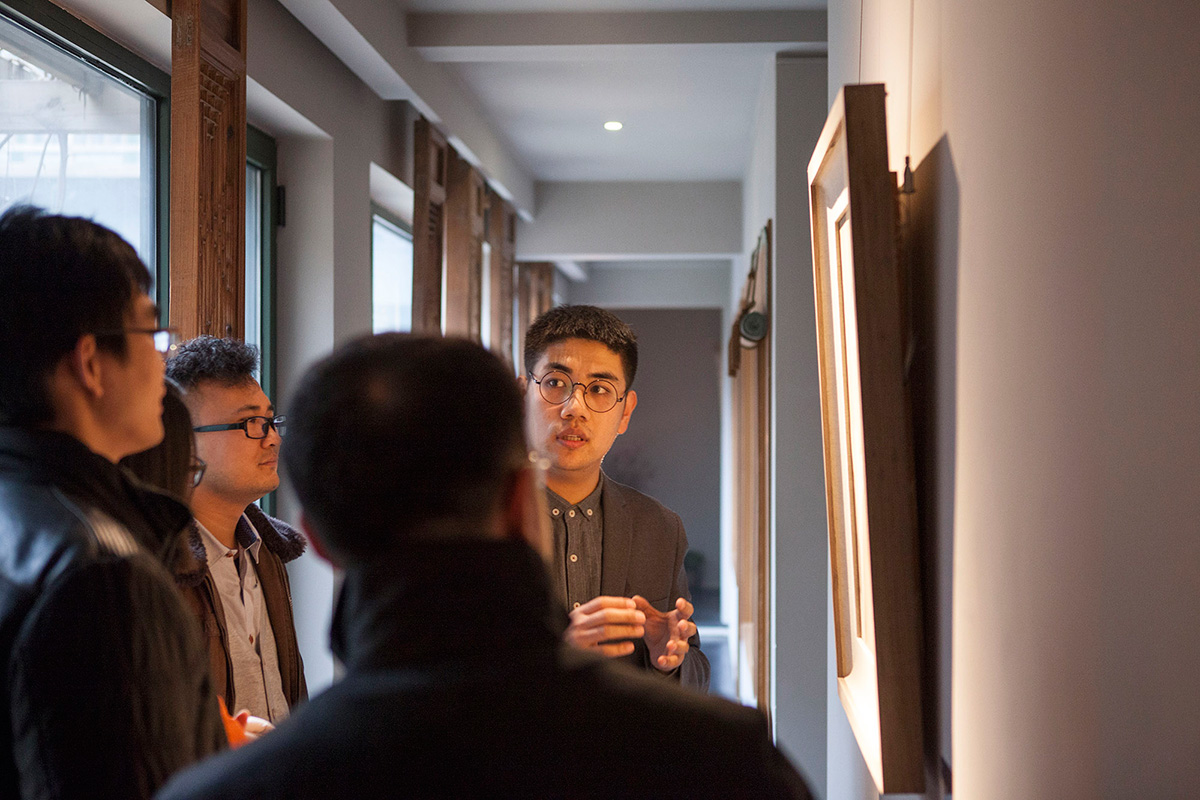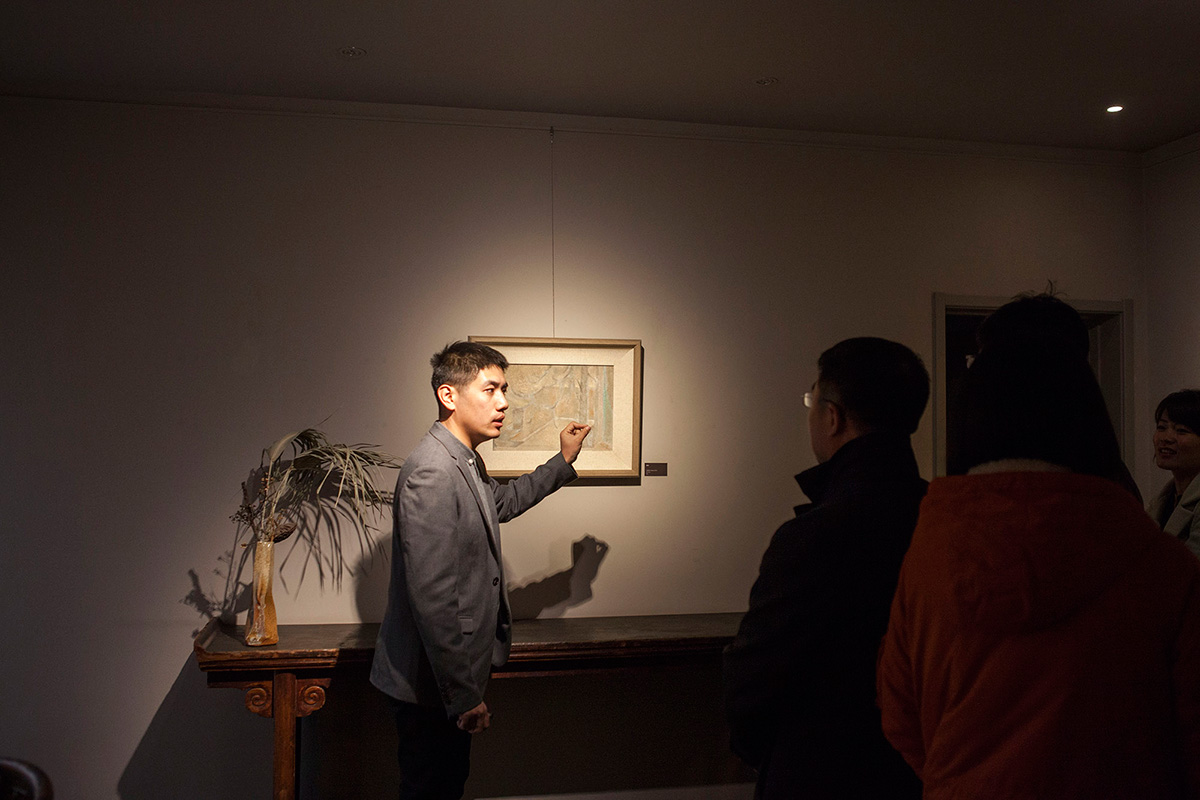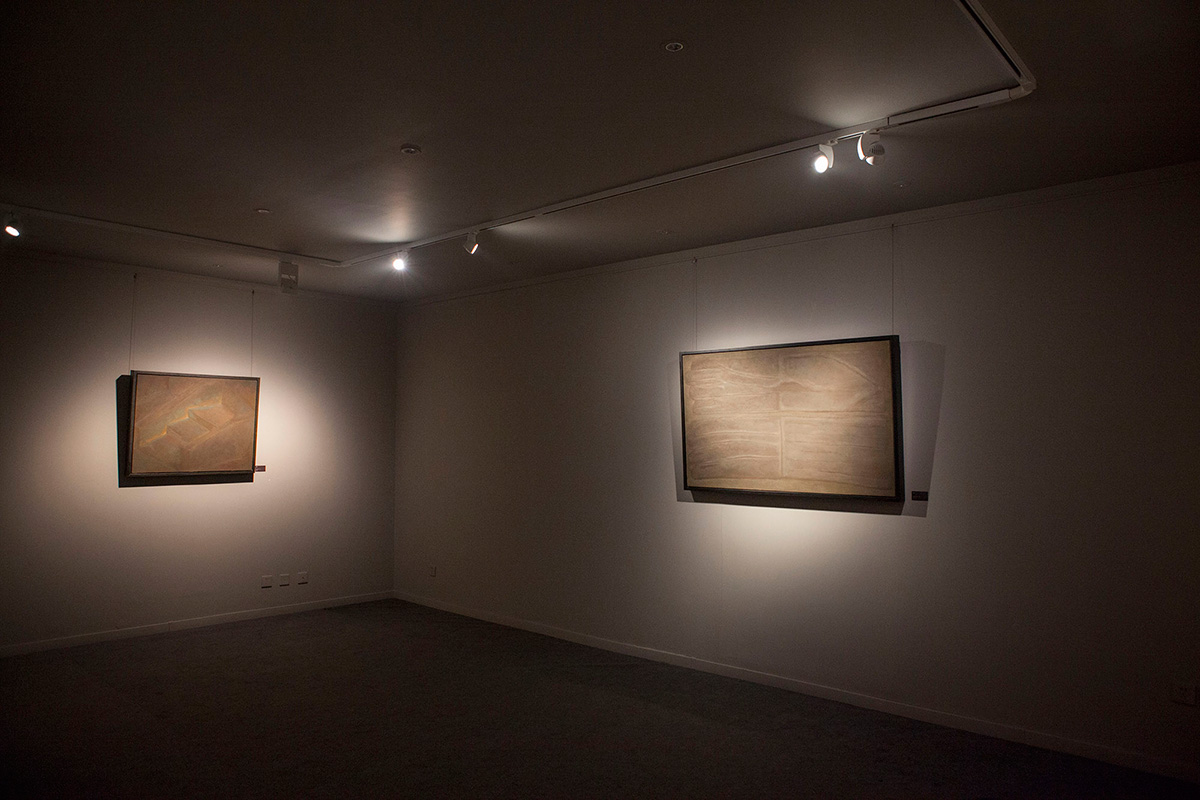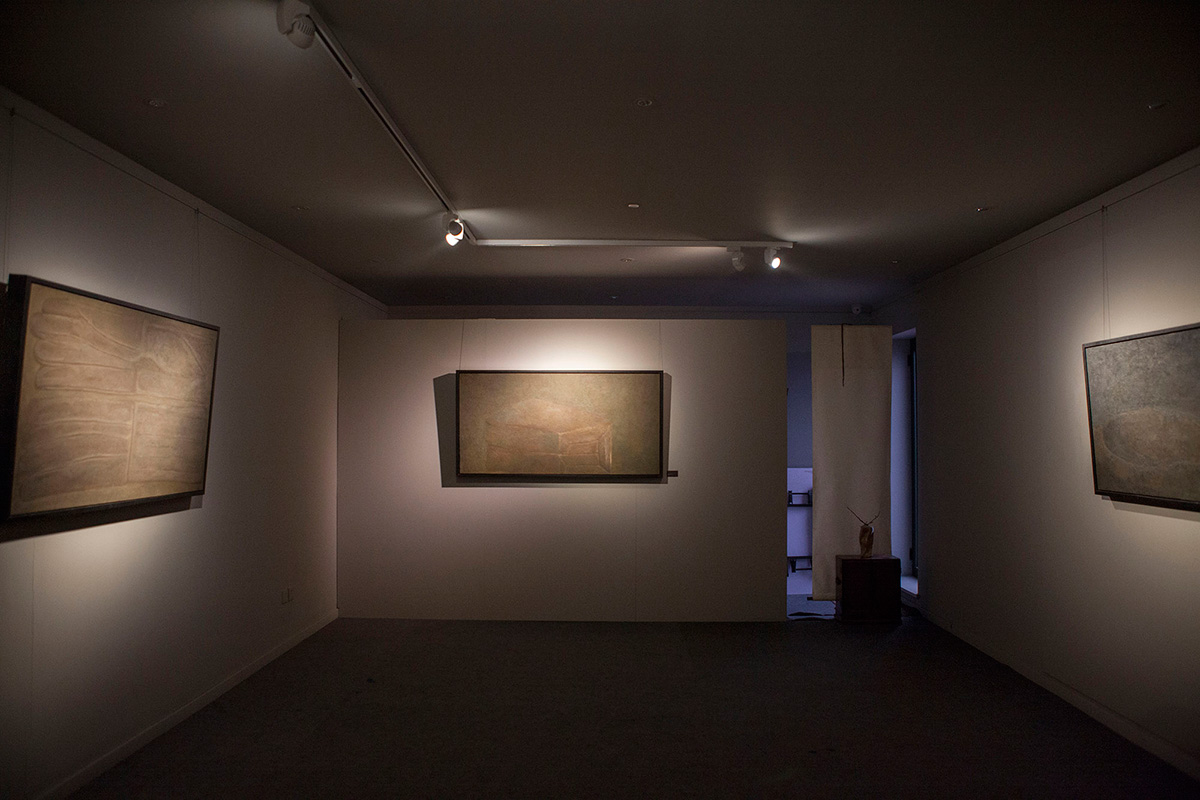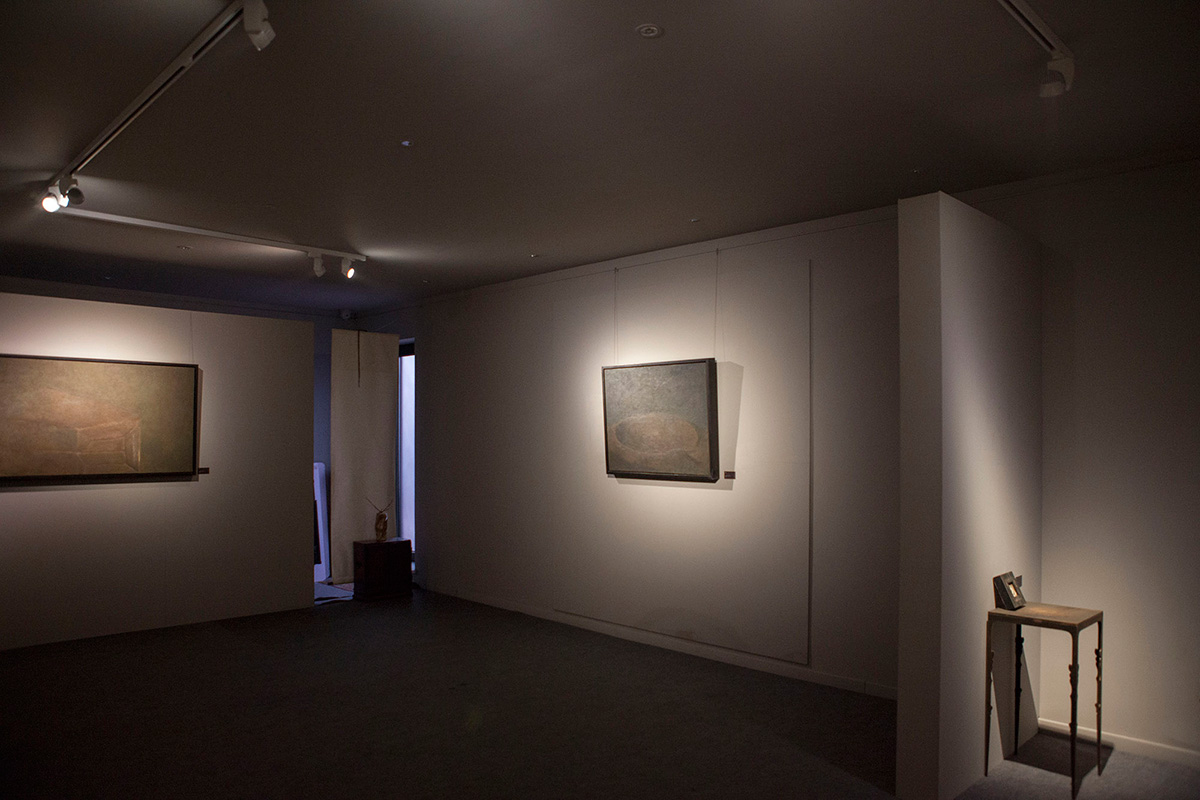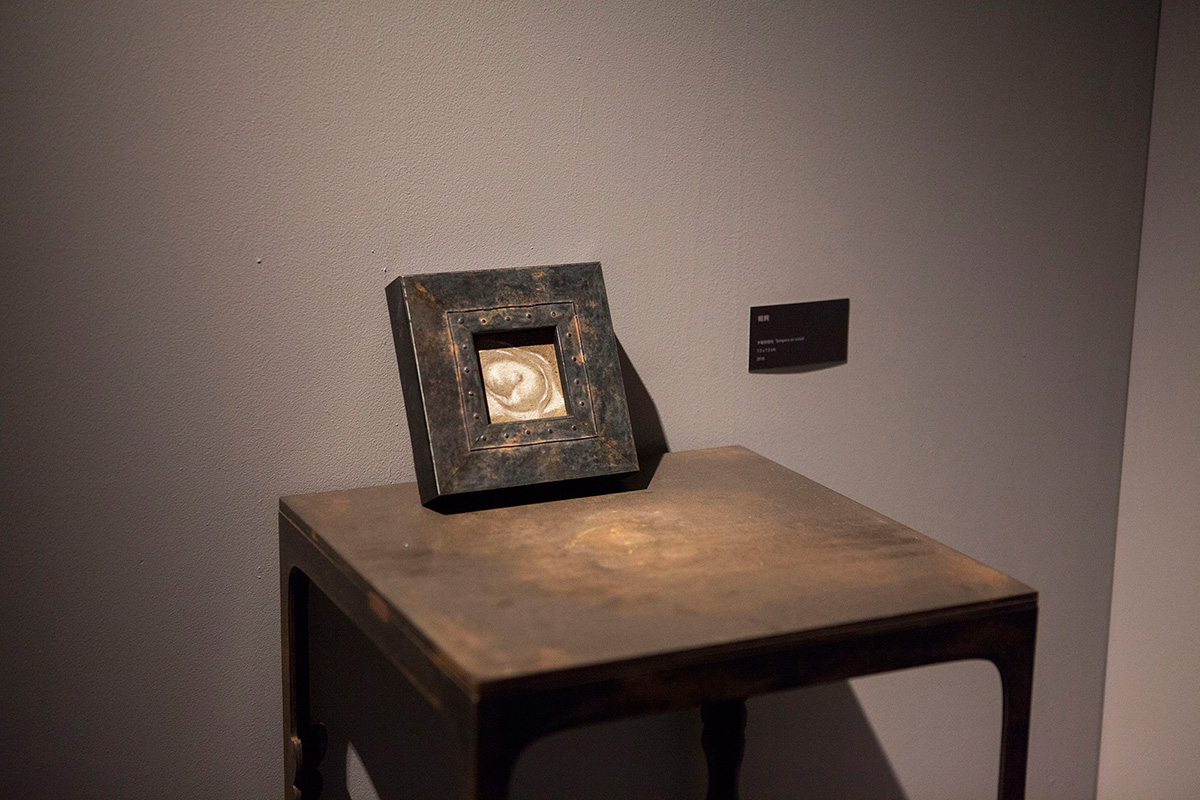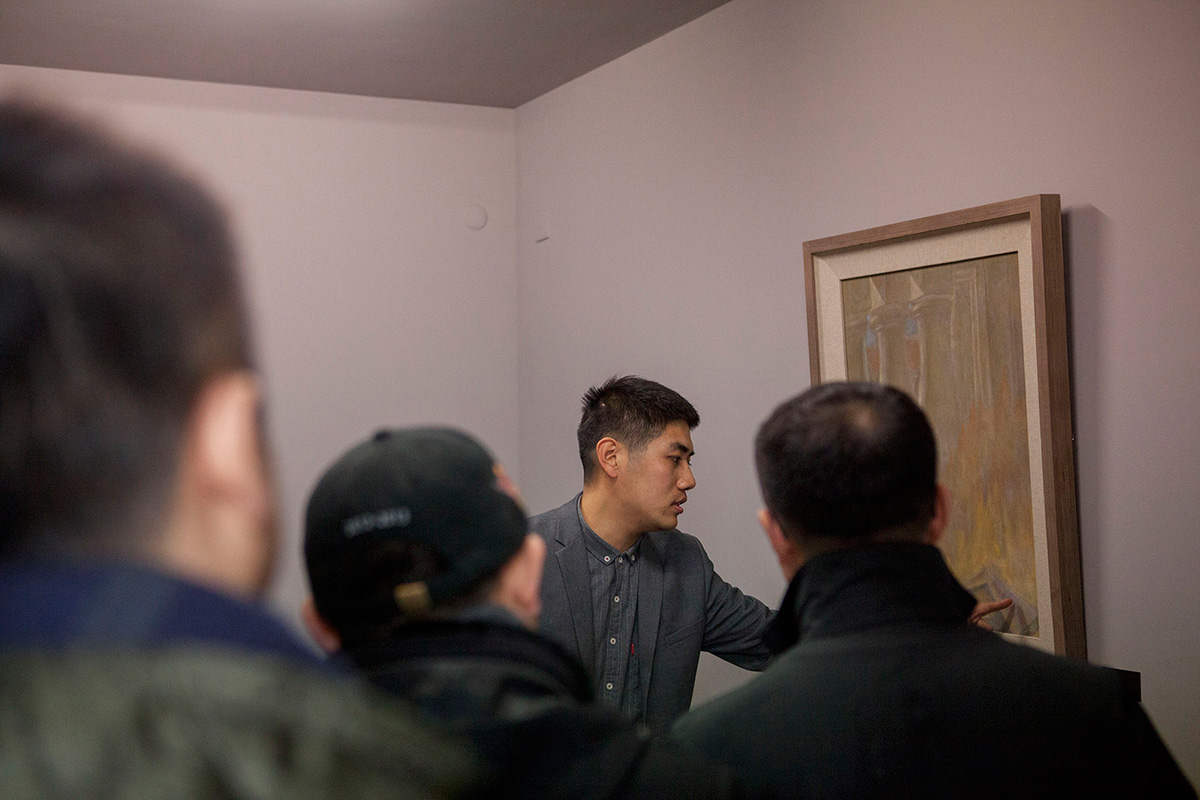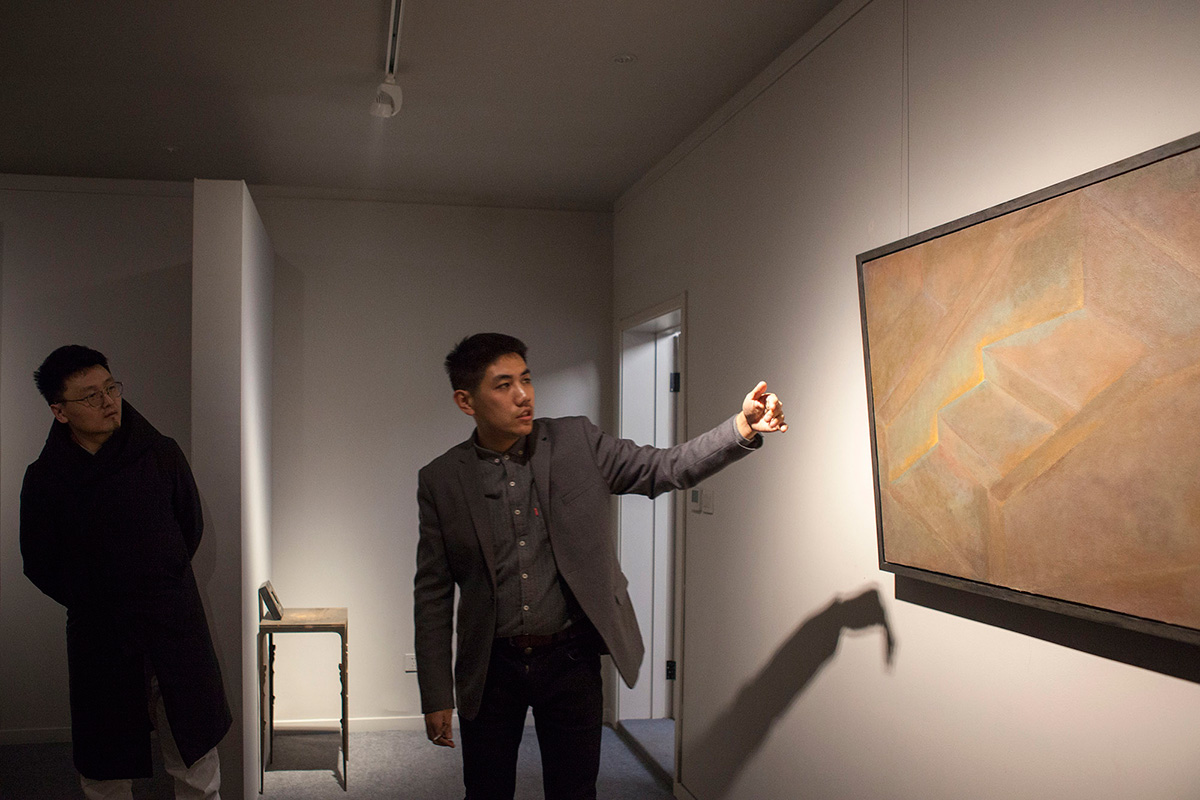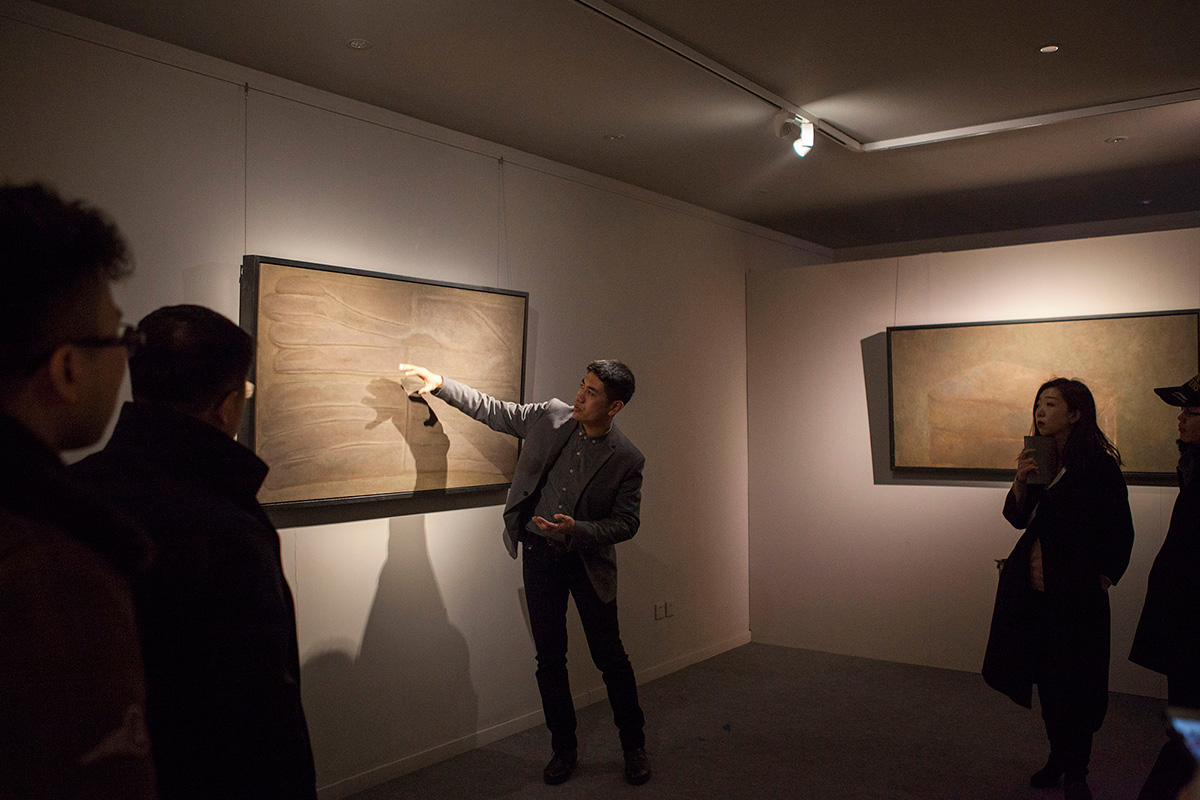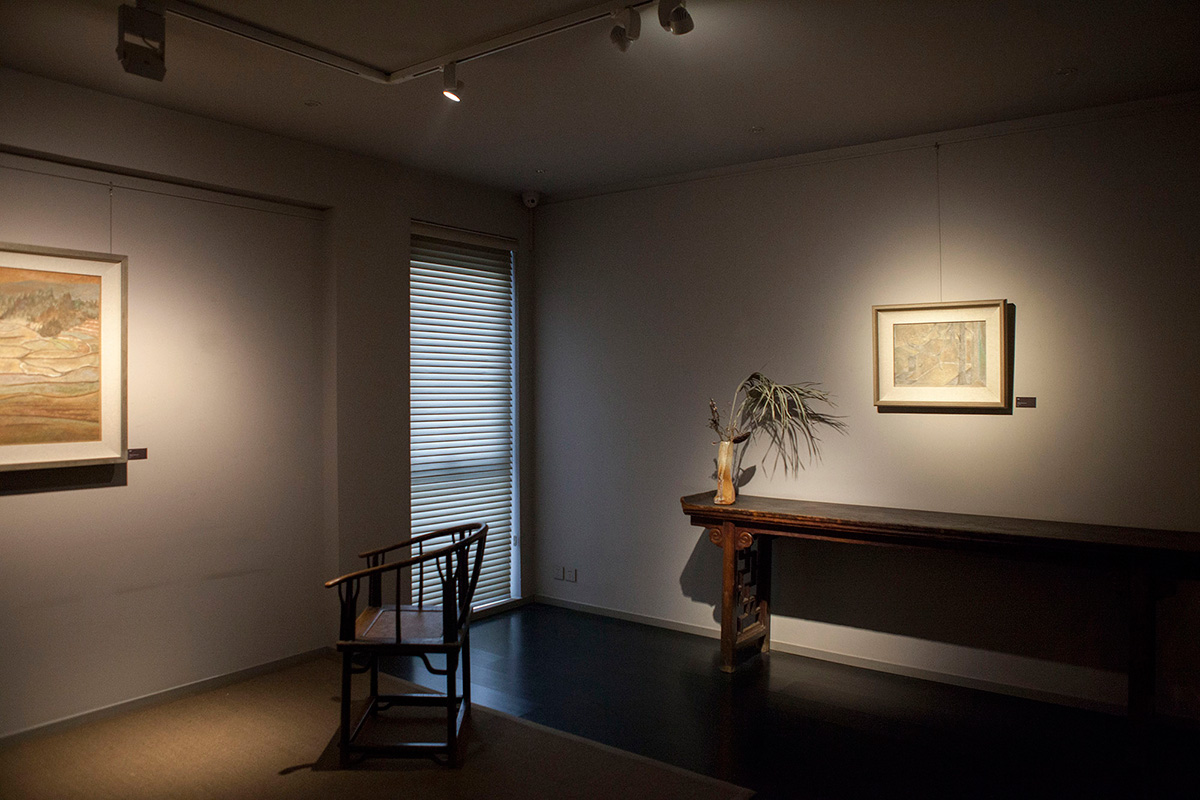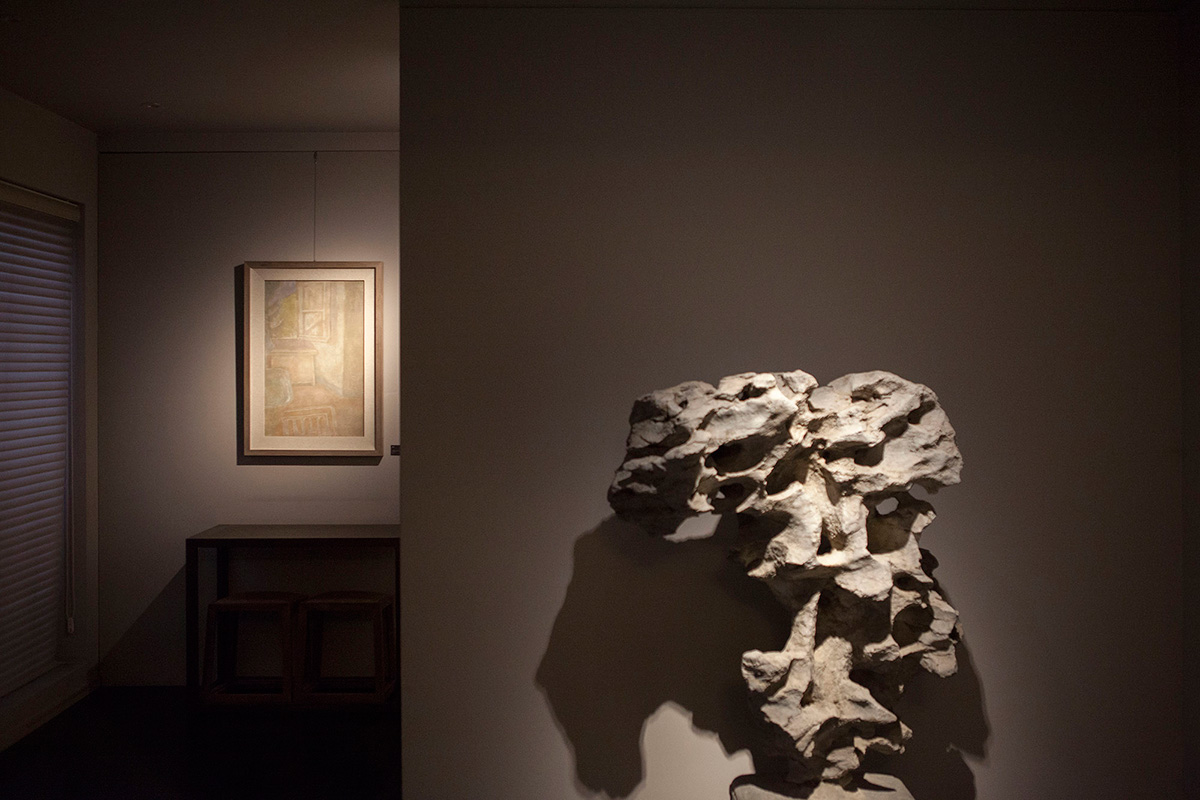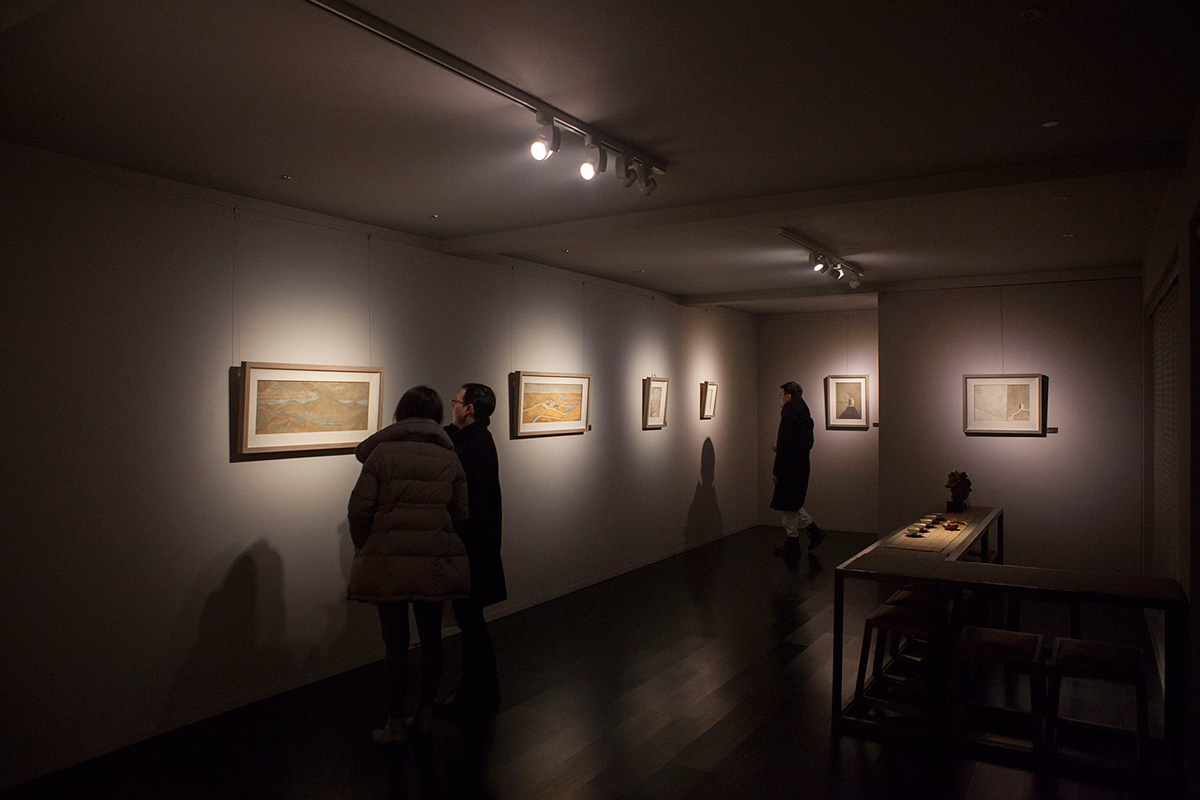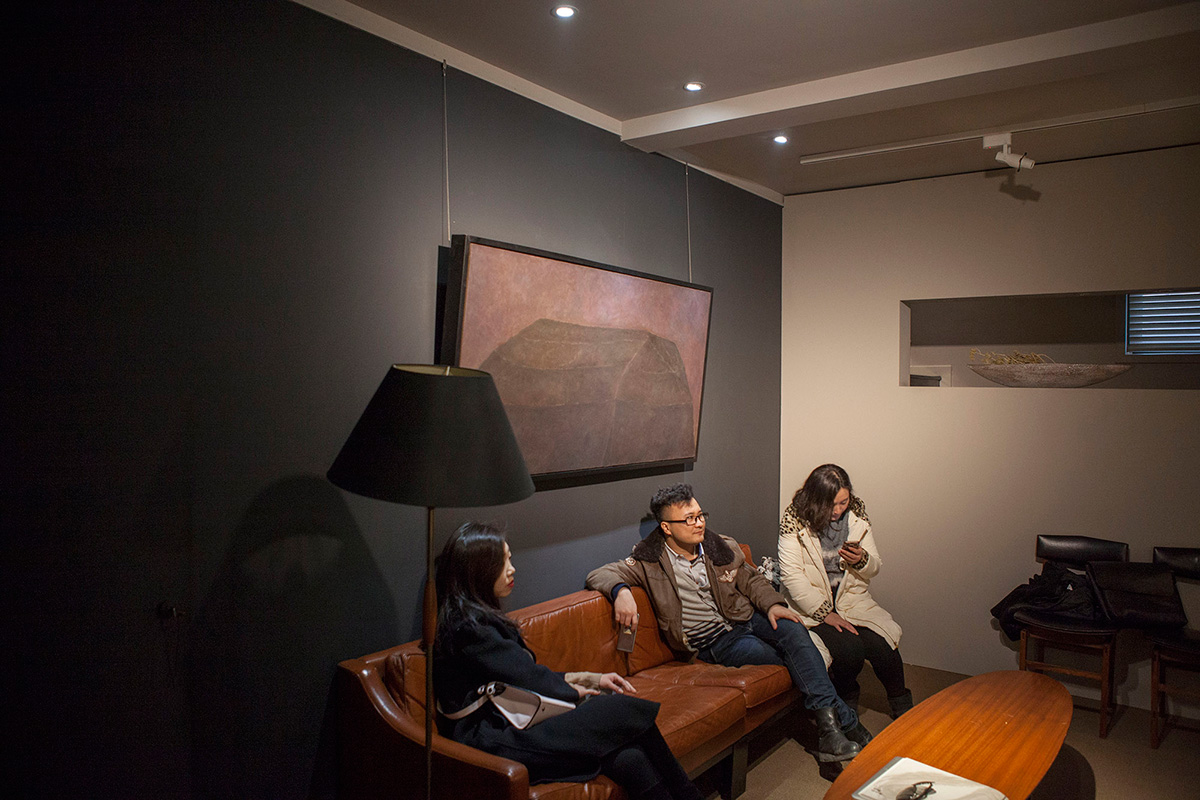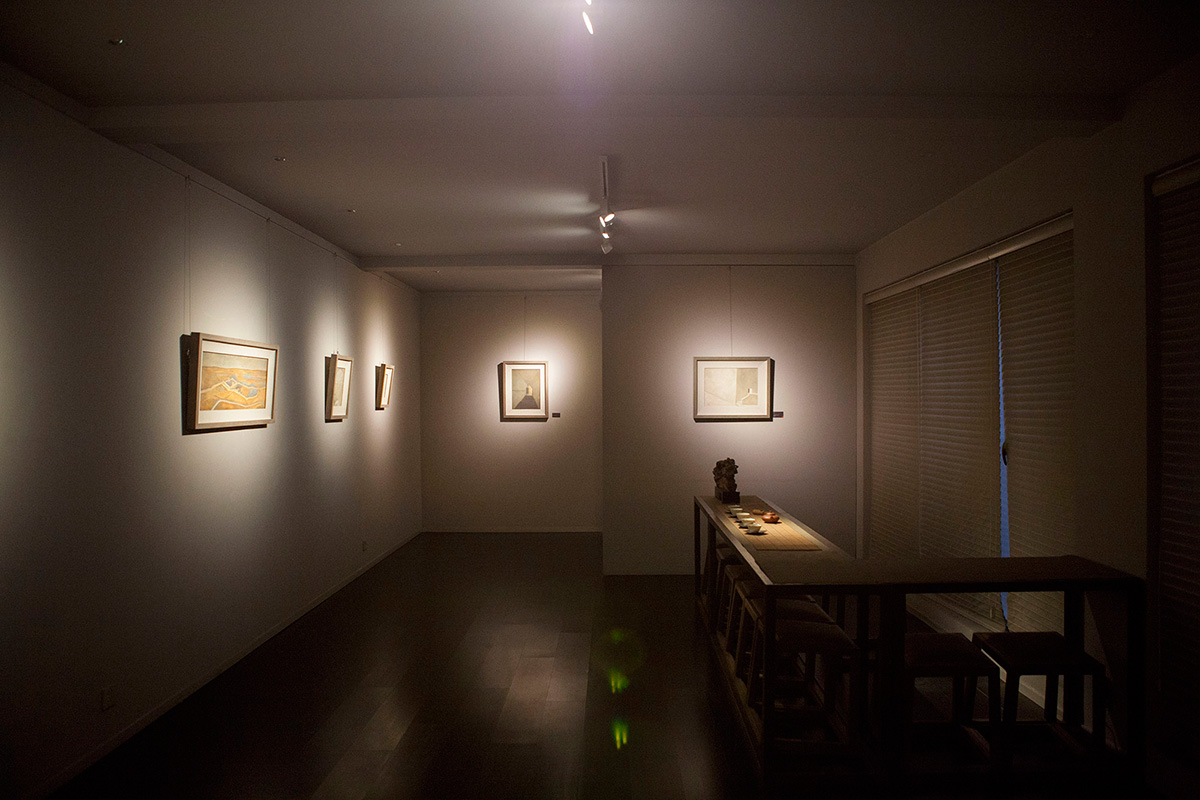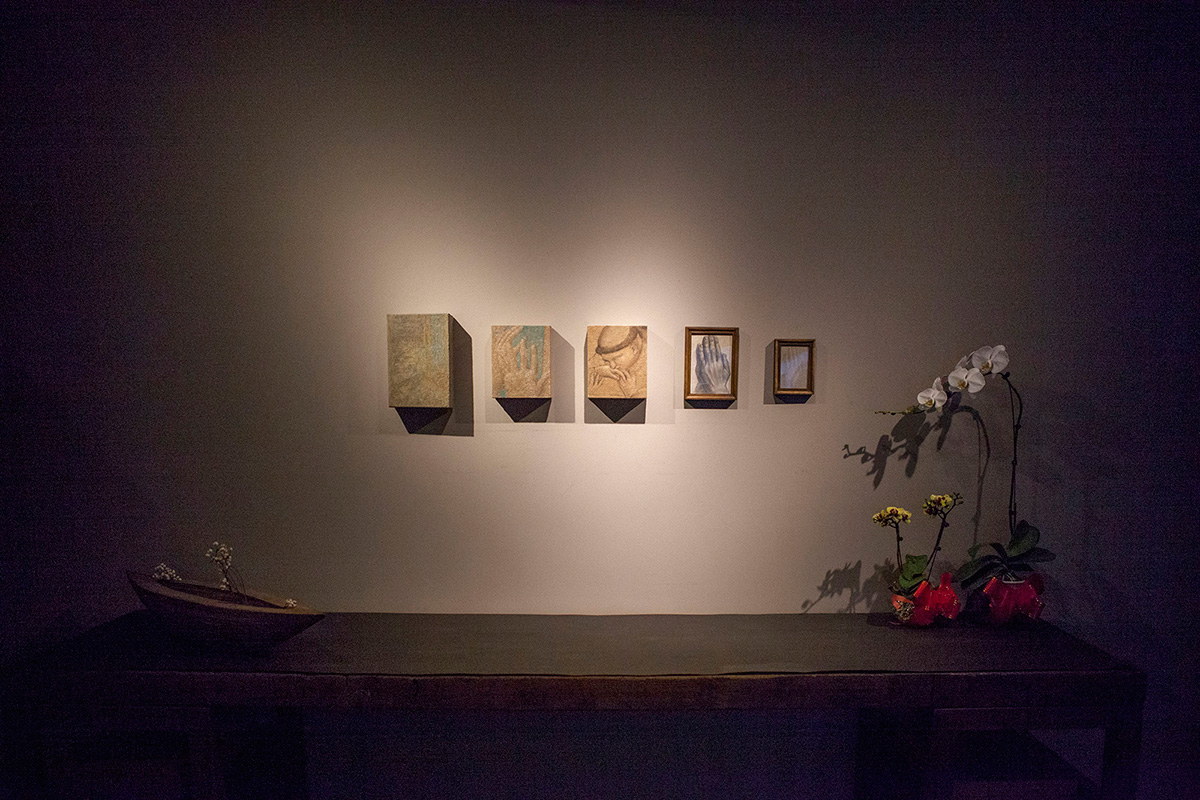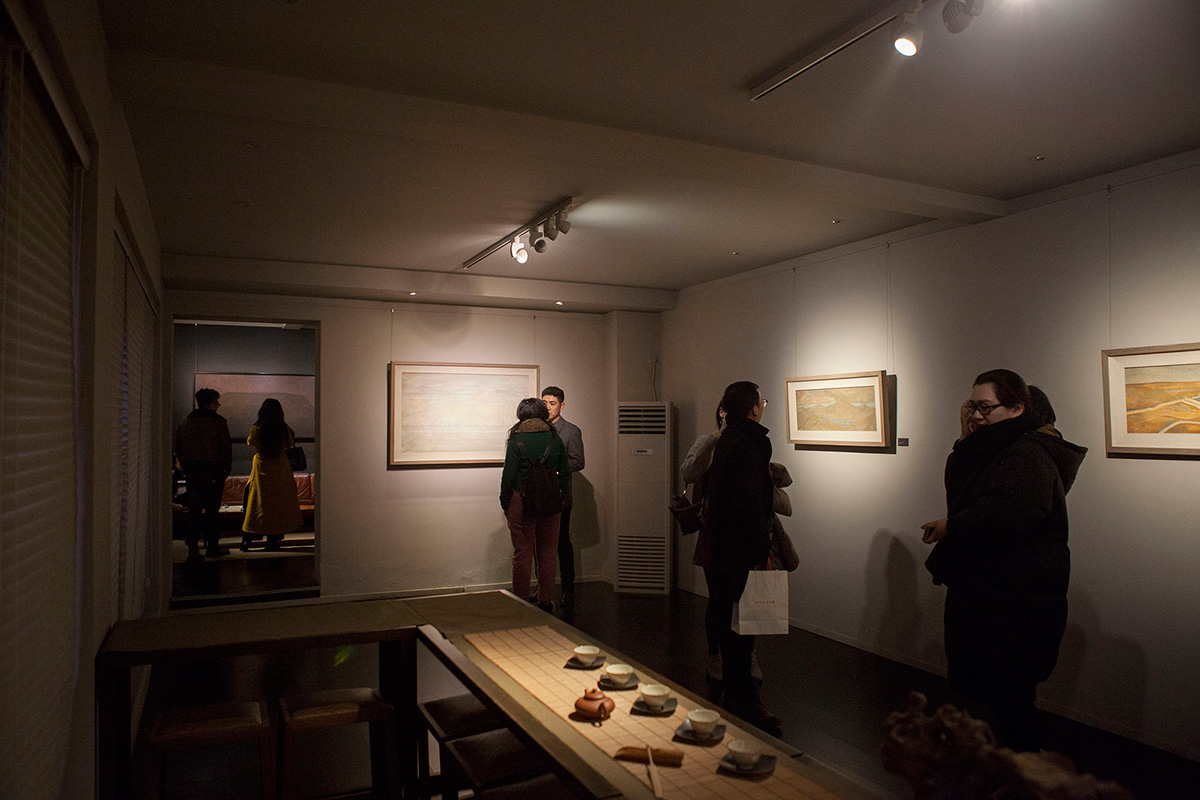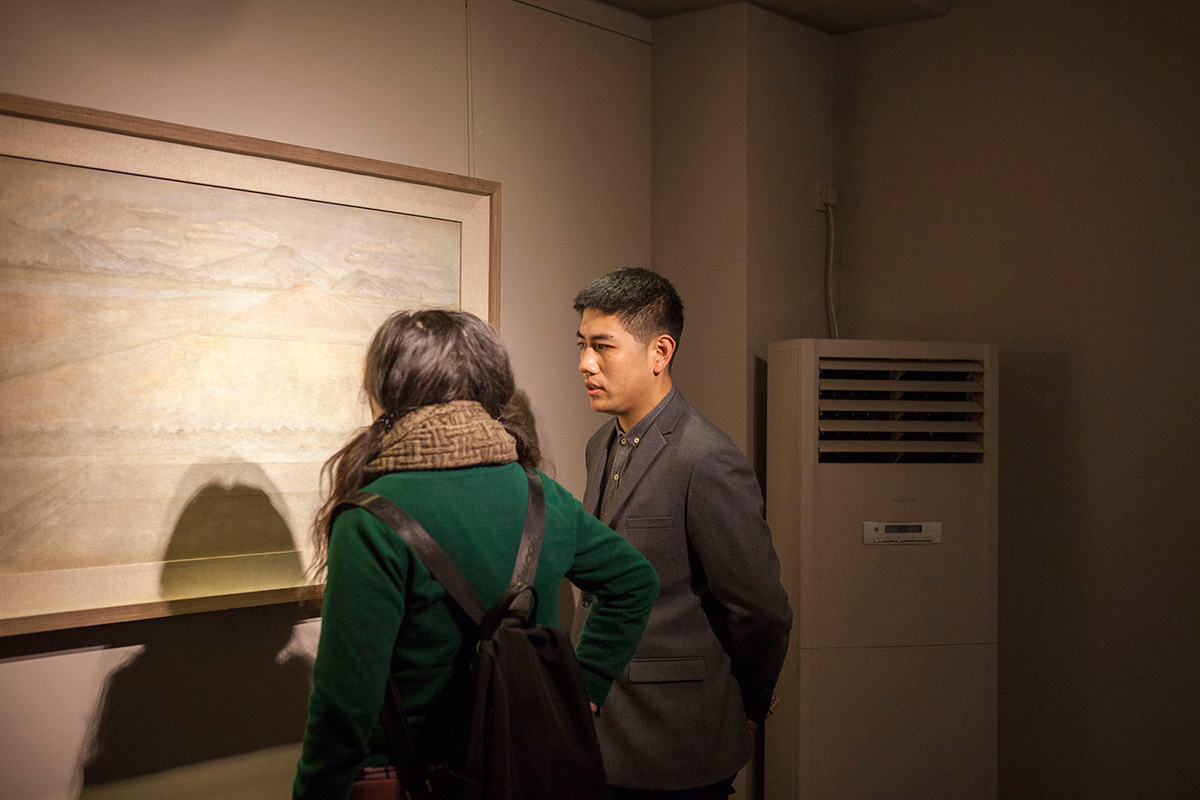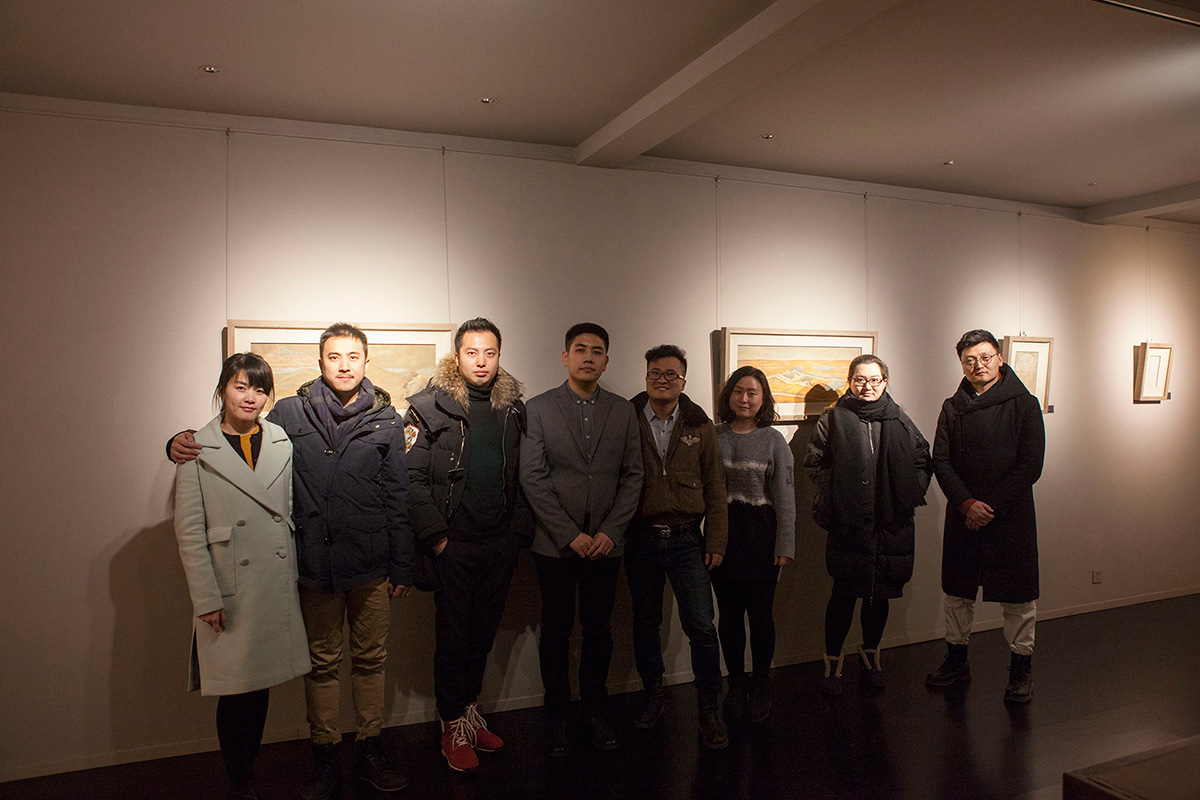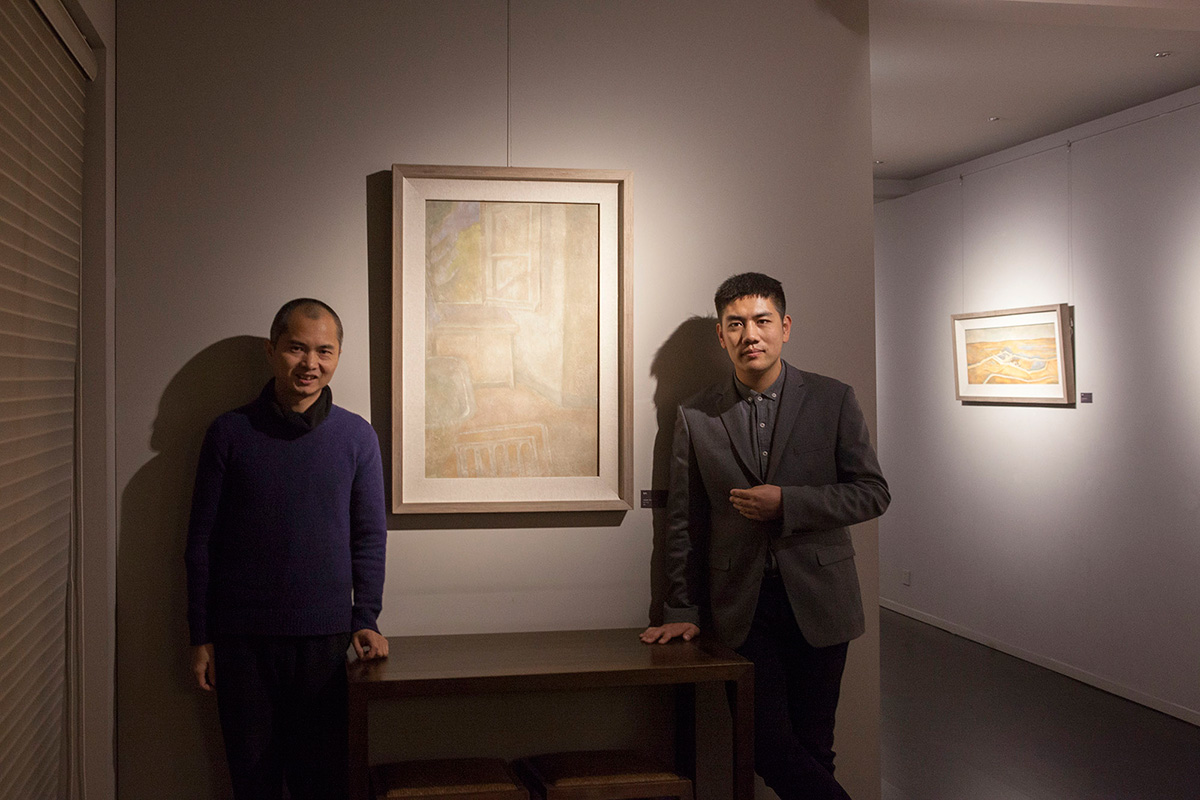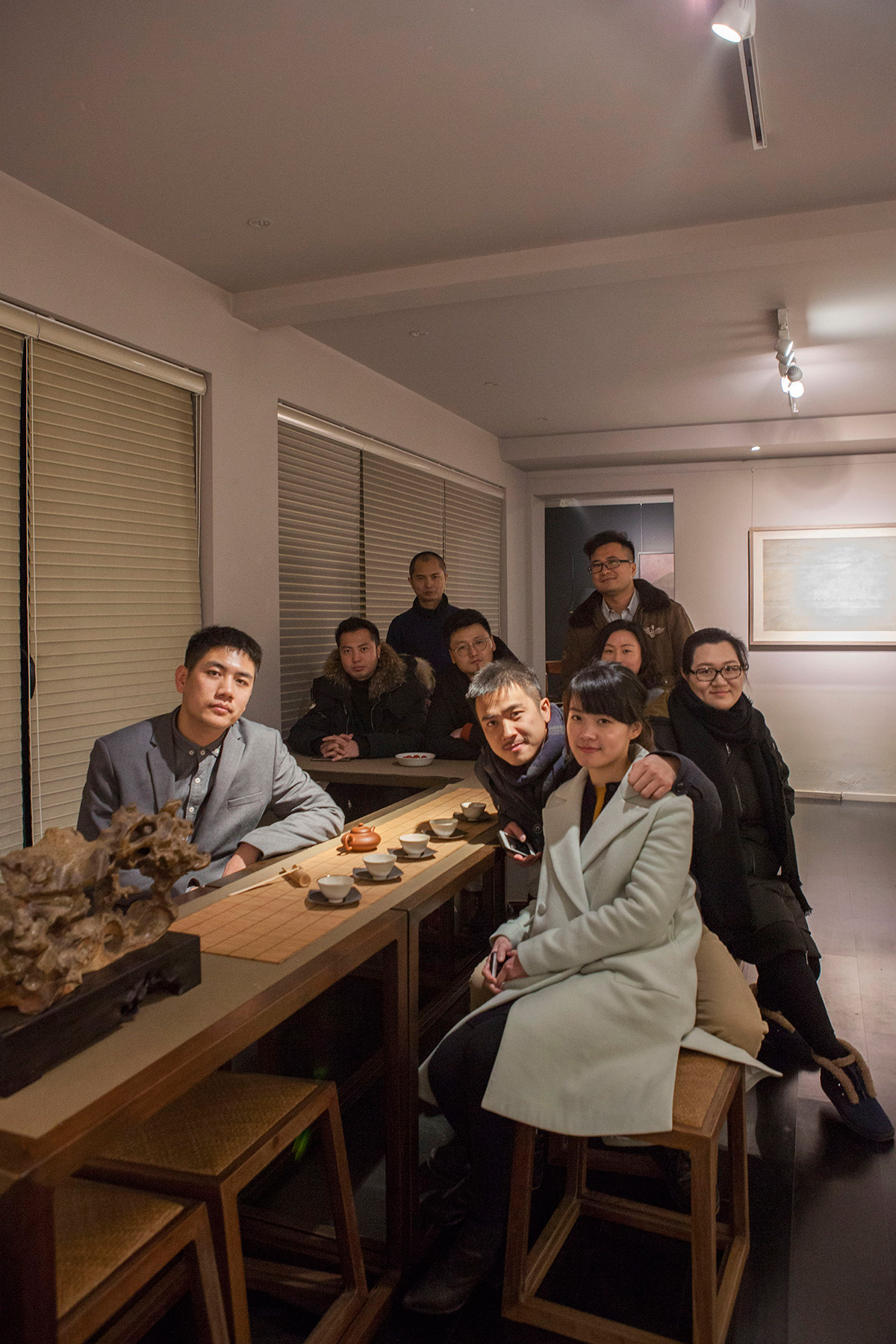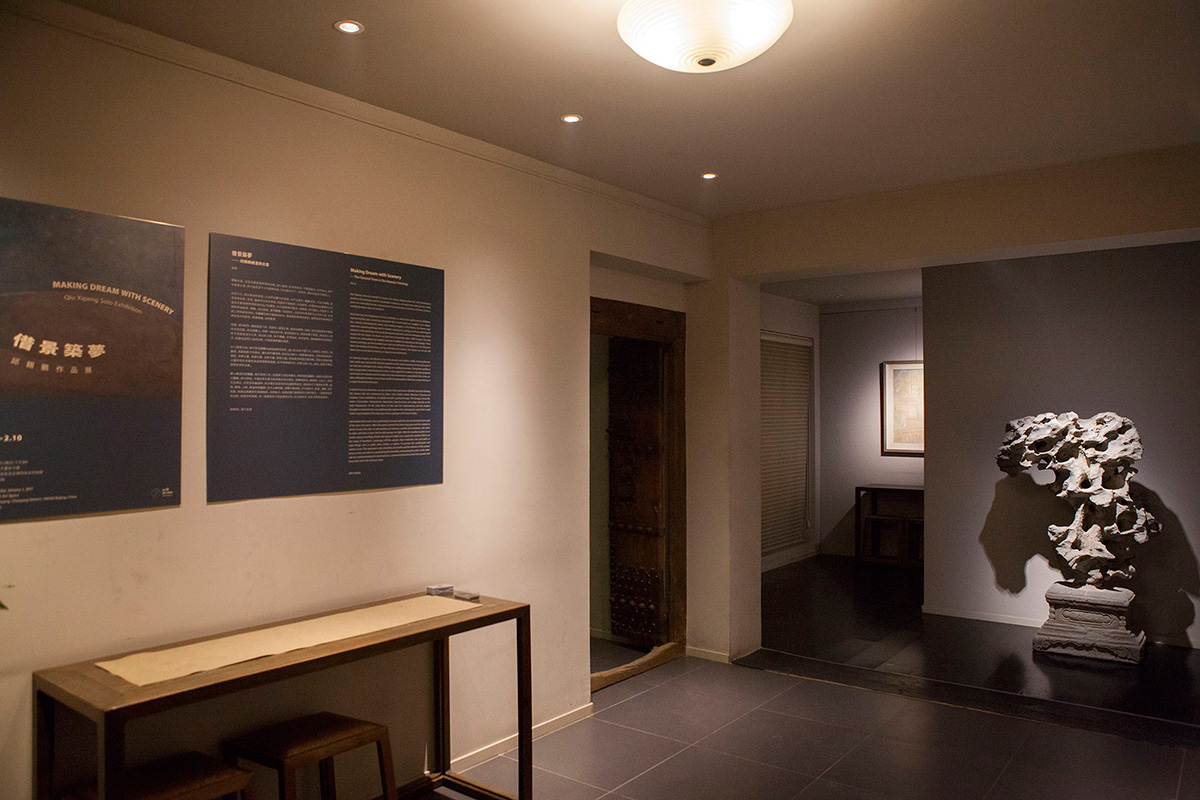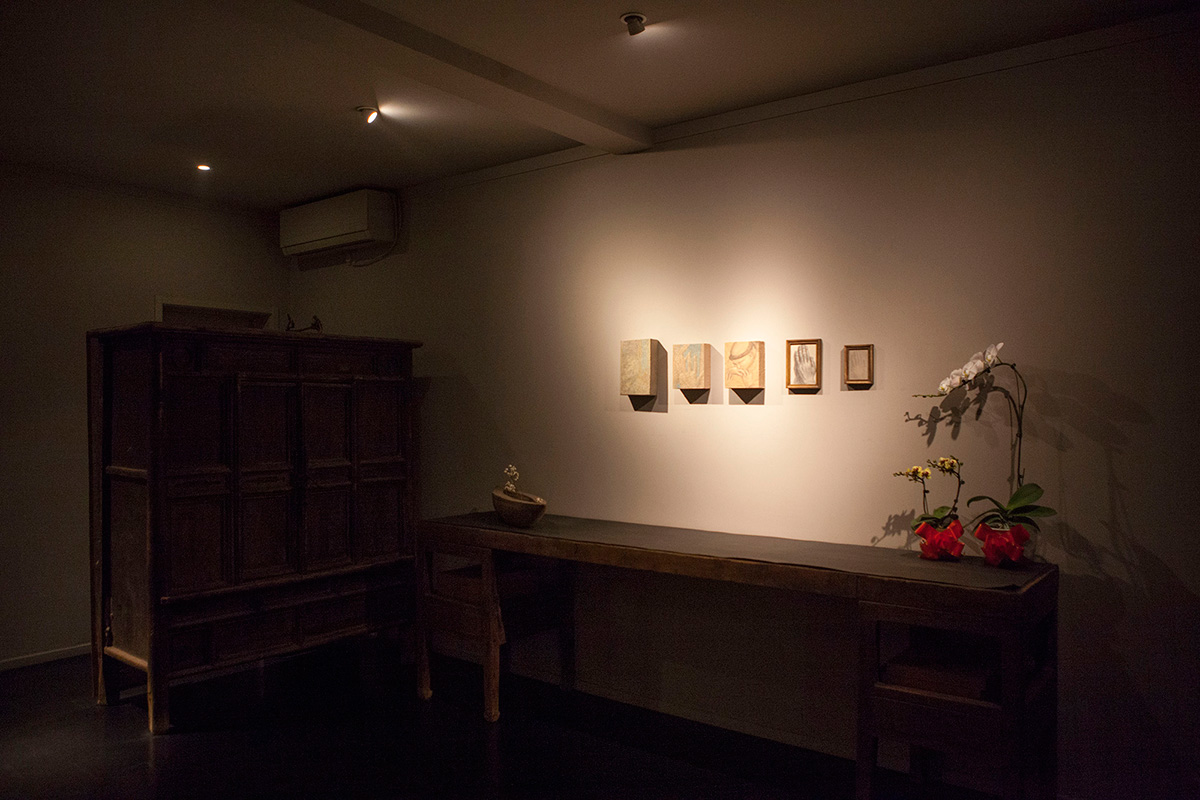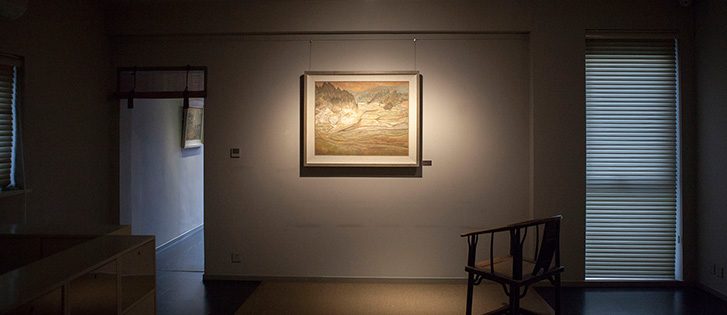
QiuXipeng sincerely intends to recover the classic elegance from the early Renaissance period in his paintings, and he succeeded in doing so, not only in the style, but also in the sense. As a revivalist, he has a classical taste in present day, as it exists in all times, to be accessible by those who are fond of it.
Up to this day, the importance of retro aesthetics, as well as the significance of enlightening now by the past, cannot be overstated. Qiu’s recent works are roughly in two categories, namely, borrowing the scene and creating imagery. In the former, the theme originates from ancient paintings, but it is neither copying nor creating, as if he is confirming his relations to the paintings in the early Renaissance period in such an ambiguous way. Out of respect for the classic, he draws on them but not parodies them. With his pen, the early classics are sectionalized and isolated, and tone modified, becoming hazy and strange. These ancient paintings are five hundred years old, but still fresh in the album as ever. Qiu gives them the feeling of old times, and by refreshing the classics, the classics we see are still those ones in our blurry memory, as vague as our old dreams.
In creating imagery, the theme is from the present and realistic world, covering the portrait, landscape and still life. But Qiu experiences the solemn presence in the real scene. If we step back and look at the world, all things are worldly possessions. Taking from real life, in fact, is equivalent to borrowing the scene. In this regard, the creation is only borrowing the scene from the outside world to build one’s own environment, especially for Qiu. In his creation, although the theme comes from real life, the atmosphere is like from a long memory, or a vague dream from the past.
In both of the two directions, we can see Qiu’s free and sincere attitude, honestly imitating the classics but not constrained by them. From Giotto, Kozoli, Masaccio, Francesca to Cezanne, Seura and Balthus, he builds himself a spiritual lineage. This lineage crosses Baroque, Classicalism, Romanticism, Naturalism, Expressionism and jumps directly to the early Renaissance. At the same time, he also uses the impressionism and the modern thoughts to transform the early painting style, explores the contemporary sense from it, and makes it personalized. This may have shown a glimpse of his future trends.
Intoxicated with murals, Qiu is particularly obsessed with the color of soil which is the color of the past, but warm. When the grand summer has been long gone and the autumn is about to pass, the color of soil maximizes its richness, warmth and desolation, with ashes to ashes and dust to dust. But he also pursues the light. With the steadfast outline, he is clearly saying something cloudy with gray yet bright tone, saying the calmness that is on the verge of loneliness. Landscape, still life, people, large mountains, the vast earth, or plain things such as quilts, tents, bottles, or gloves, he pursues the architectural and solemn sense. This obsession is also shared by structuralist and the admirers of the ancient times: on the one side he is questioning the eternality, and praising the order; on the other side he commemorating the dead and past, commemorating those that have passed, and those that will in the end pass away.
2016, Beijing



